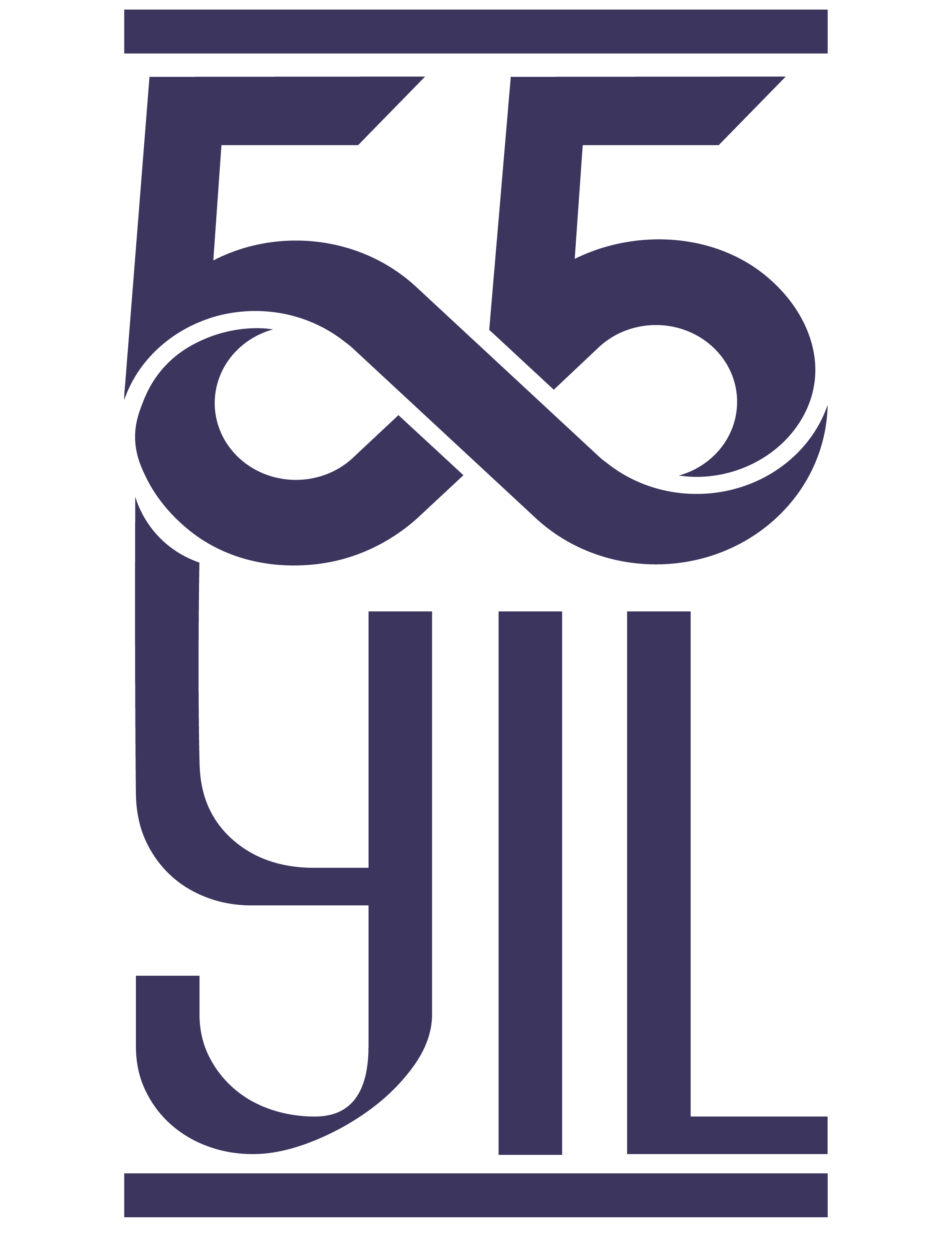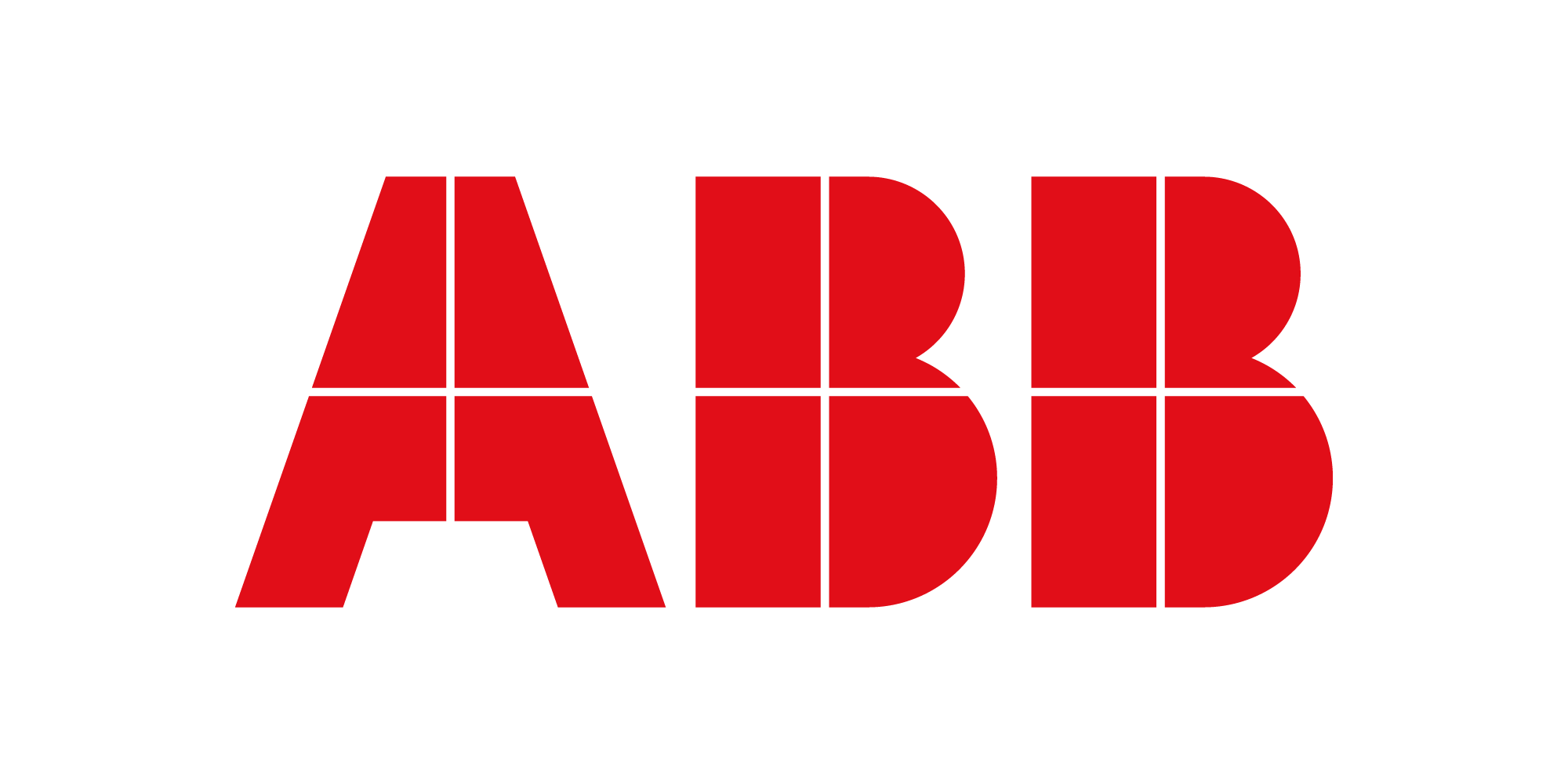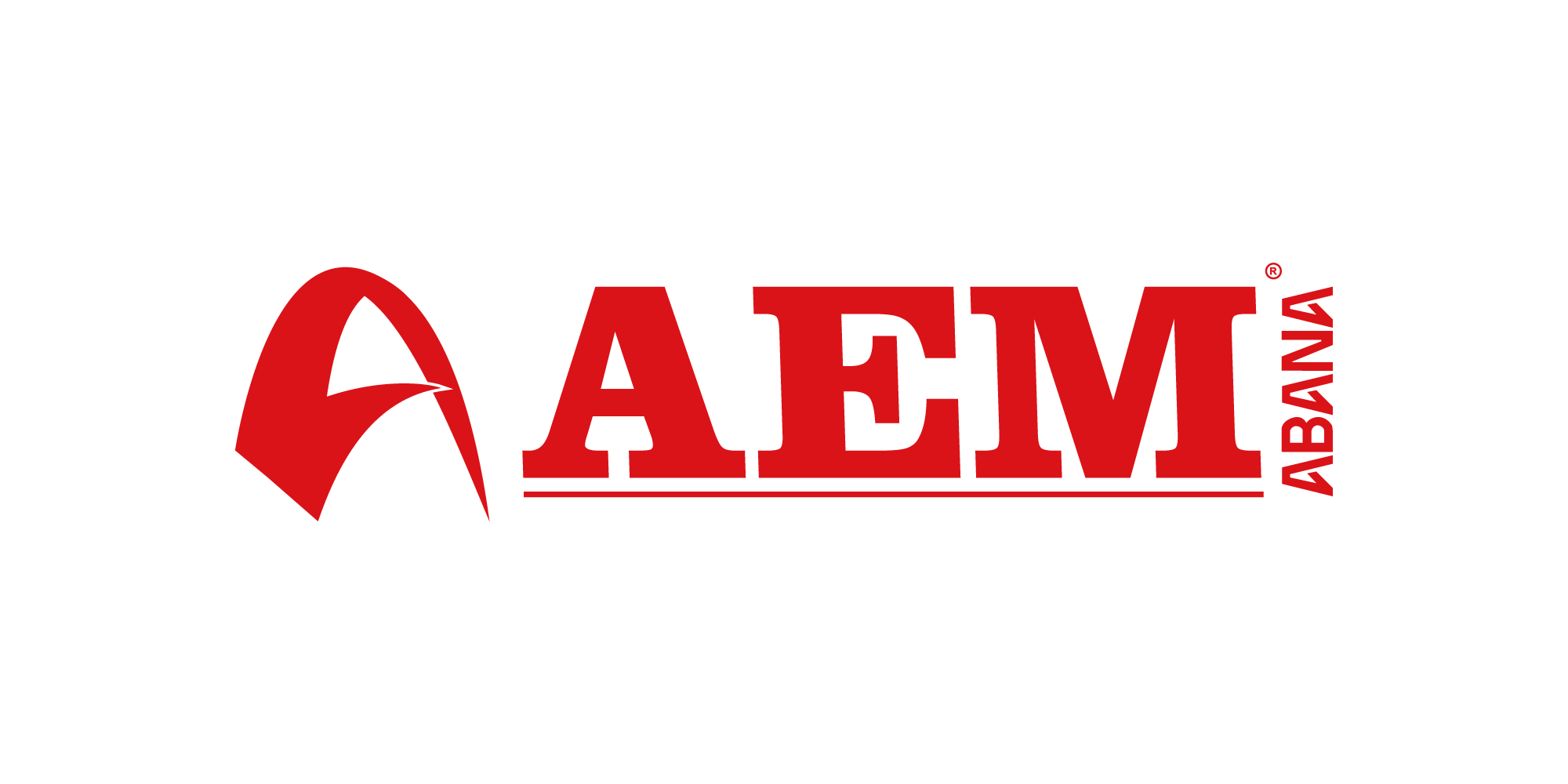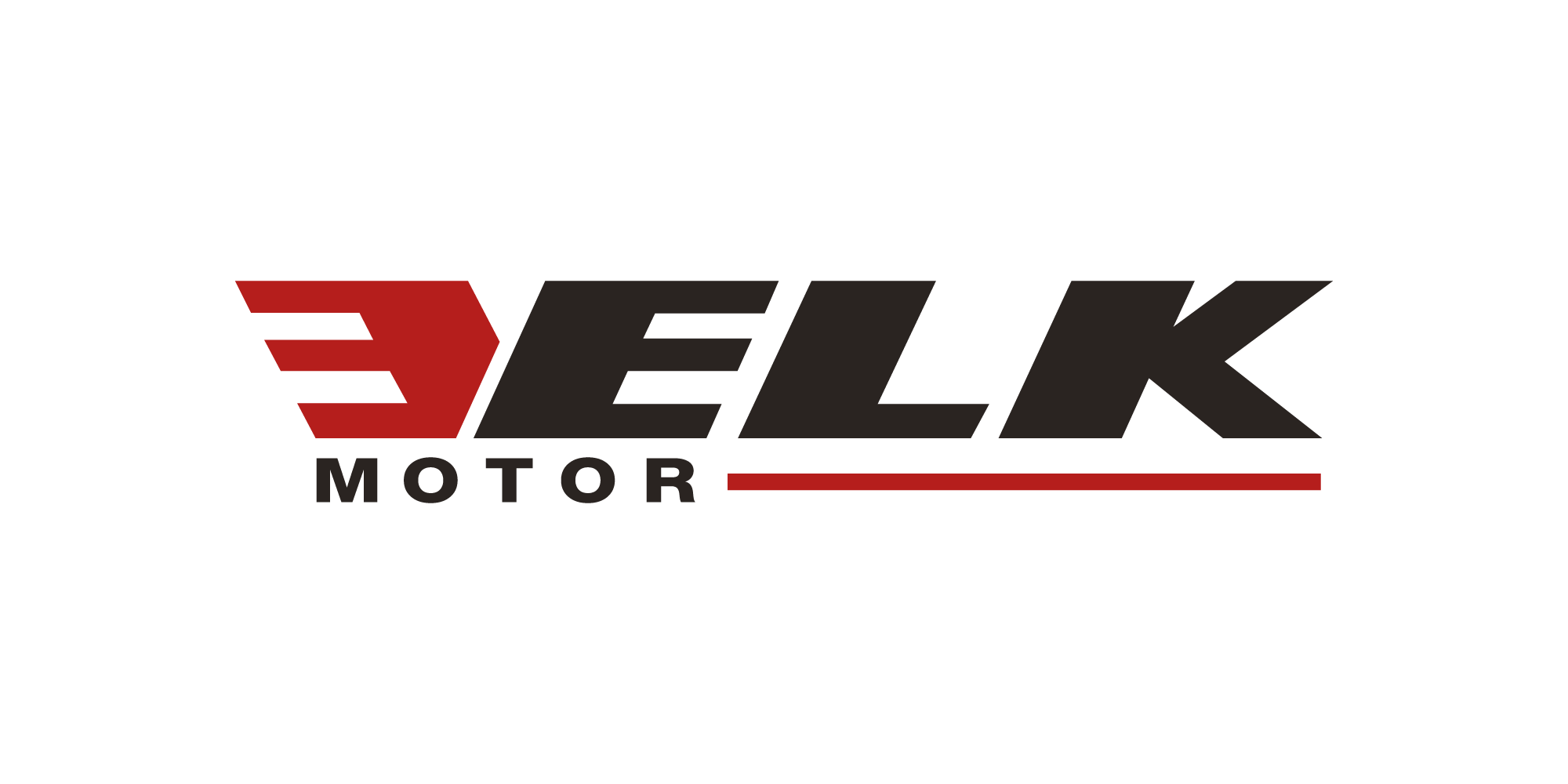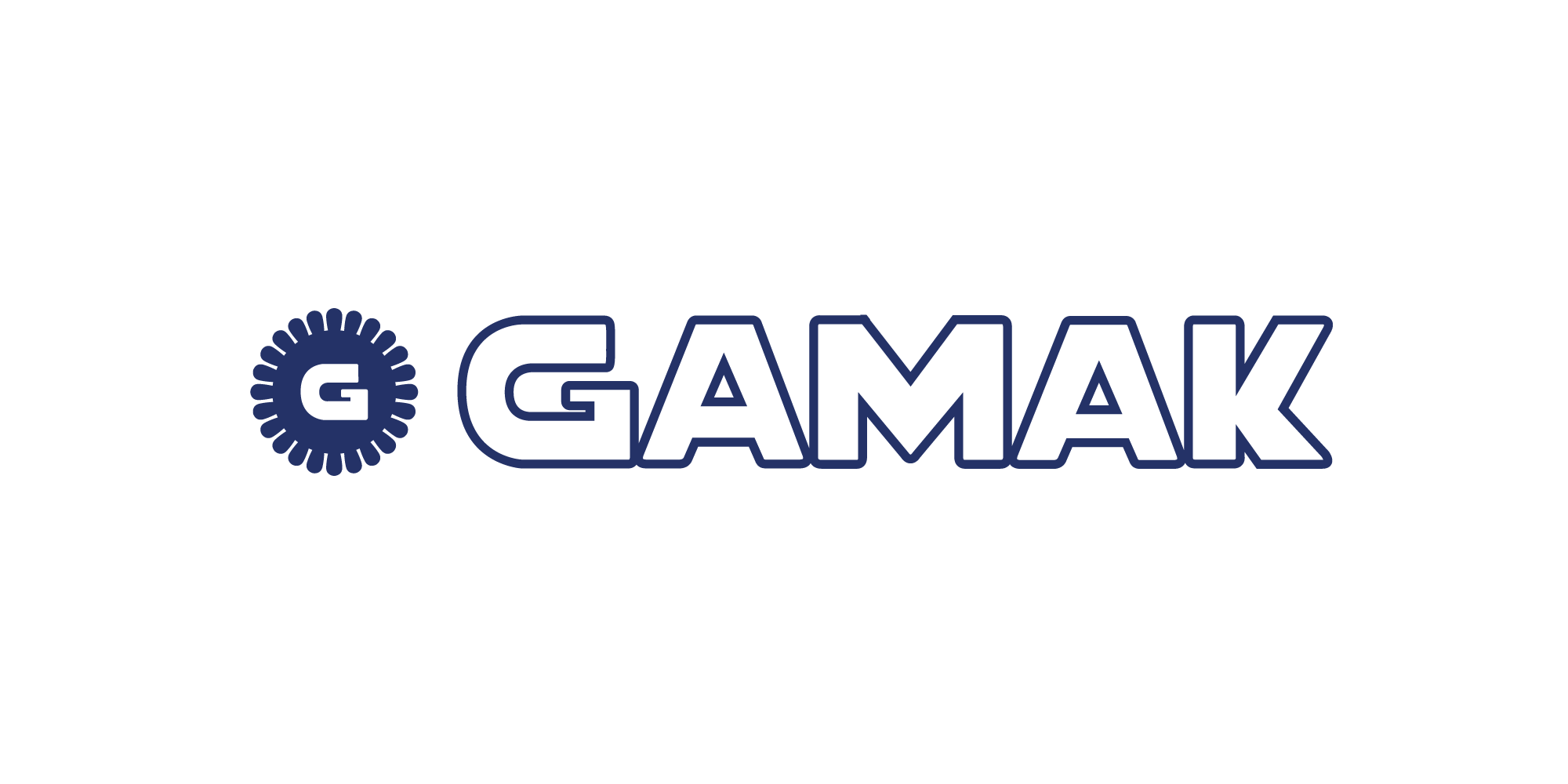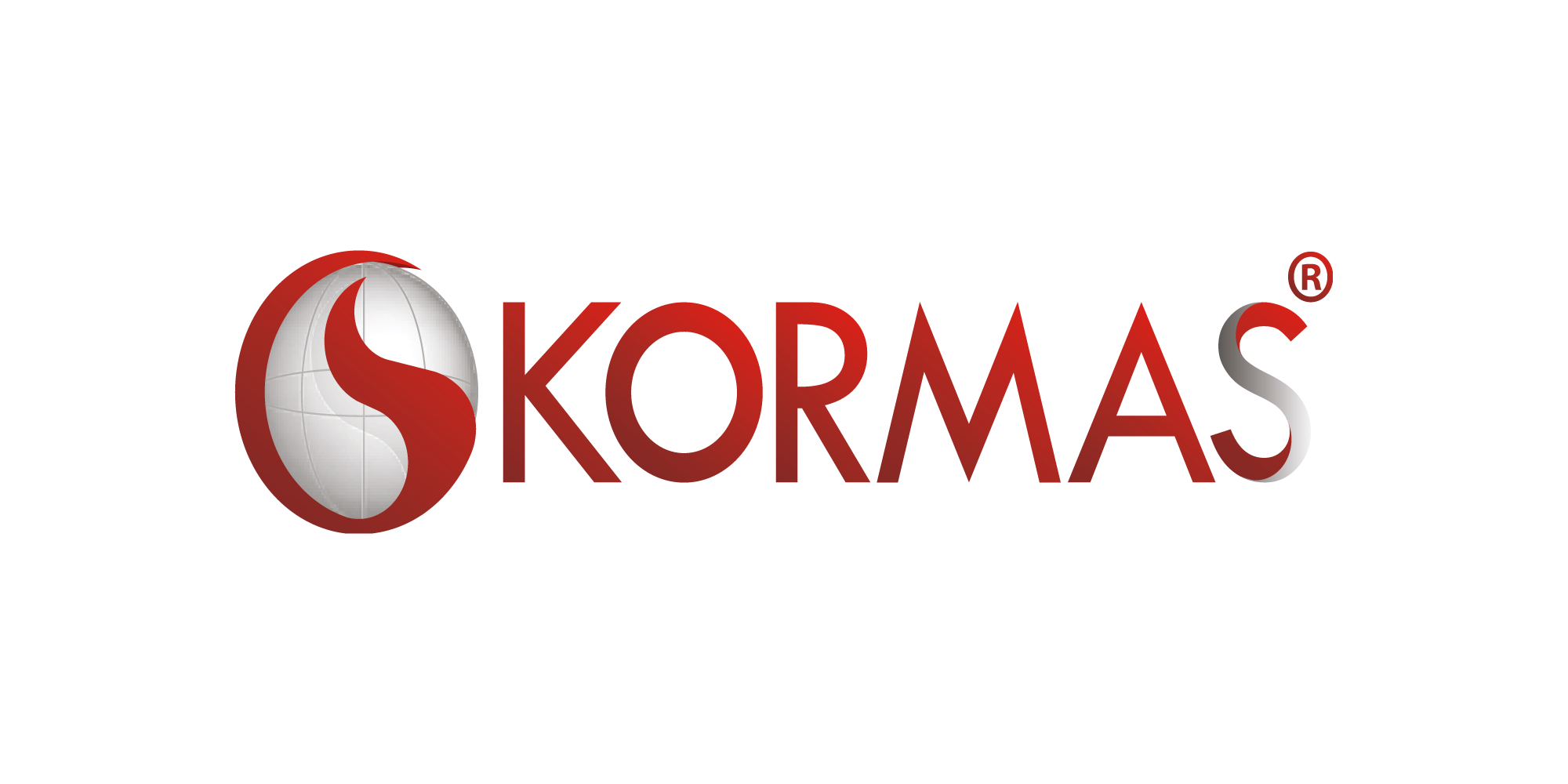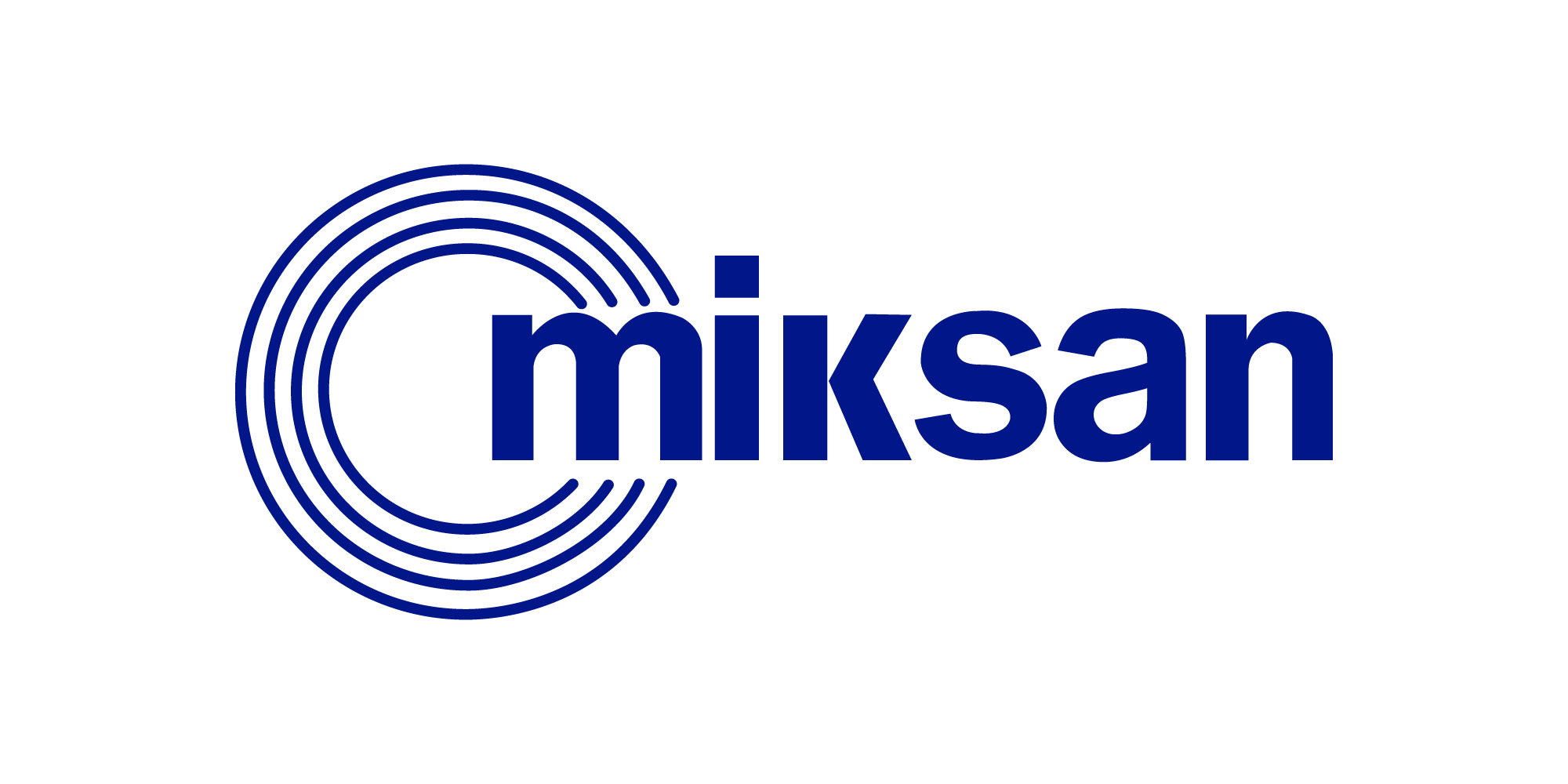Three-Phase Motors


THREE-PHASE MOTORS
3 Phase asynchronous motors consist of two basic components, stator and rotor. Stator forms the fixed part of the motor. Stator contains stator core and field windings. There is a separate winding for each 3 phase in the stators of 3 phase asynchronous motors. The rotor is the rotating part of the motor. The rotors of the ring asynchronous motors have winding, while squirrel-cage induction motors have short-circuited busbars. Asynchronous motor type commonly used in industrial applications is squirrel cage induction motor.
In asynchronous motors, the frequency of the rotating field created in the air gap and the rotation frequency of the rotor are not the same. These motors are called asynchronous for this reason. The frequency of the rotating field in the air gap depends on the supply frequency and the number of poles of the motor and does not change with the load of the motor, while the rotation frequency of the rotor changes depending on the load. As the load increases in the working area of the engine, the engine speed decreases, as the load decreases, the speed increases. The engine speed is highest in idle operation. The number of revolutions of the motor in the motor operating area of the induction motor cannot exceed the revolutions of the rotating field. The number of revolutions of the rotating field is calculated as follows:
N = 120 x f/P
N: Number of revolutions of the rotating field [rpm]
f: Supply frequency [Hz]
P: Stator coiling number of poles
As can be seen from here, the rotating field speed of a 2-pole motor will be 3000rpm and a rotating field speed of a 4-pole motor will be 1500rpm.
3 Phase asynchronous motors;
It can be used directly from the network (DOL). In this case, speed adjustment is not possible.
It can be fed by a variable speed drive (VFD) for speed control. It is suitable for both scalar and vectorial control.
The same motor can be used in both 50Hz and 60Hz networks.
Suitable for Star / Delta starting or using a soft starter to restrict the inrush current.
